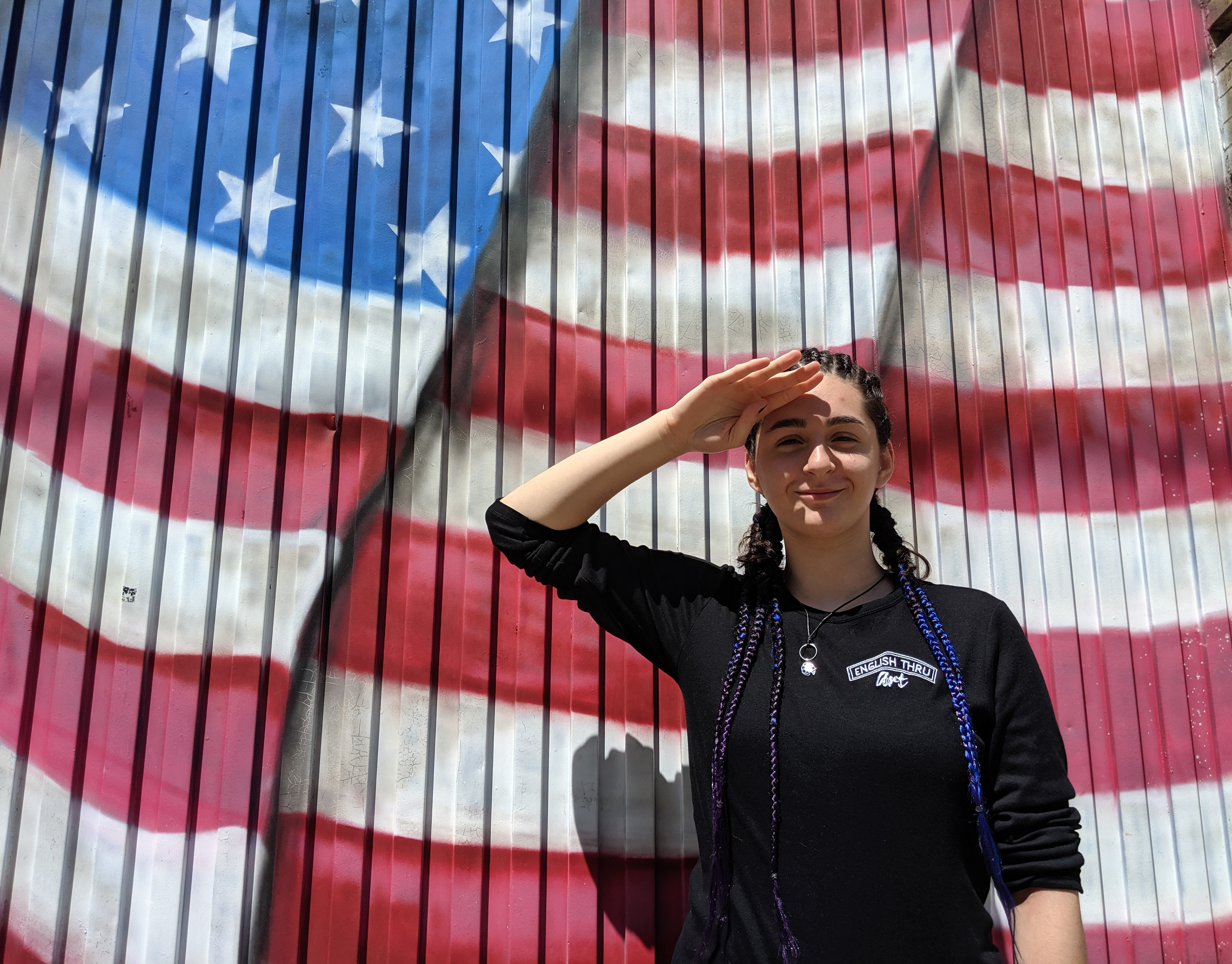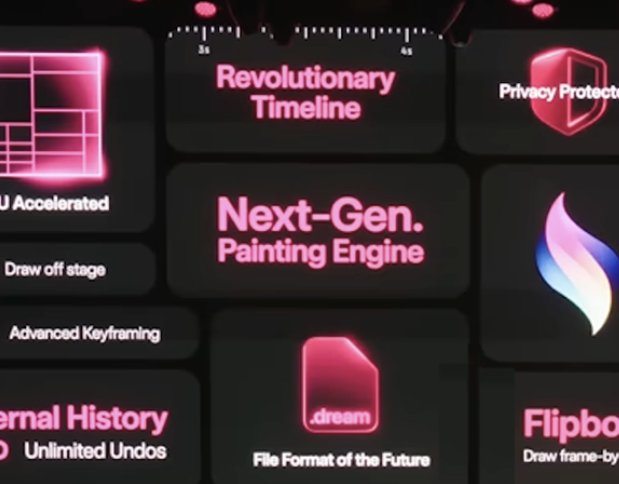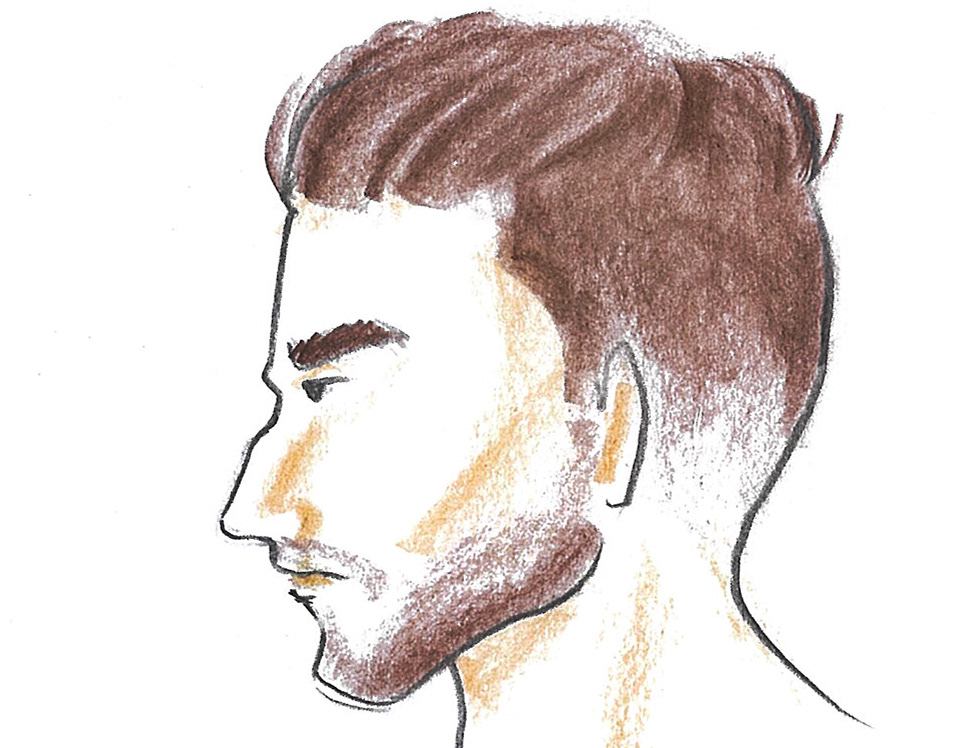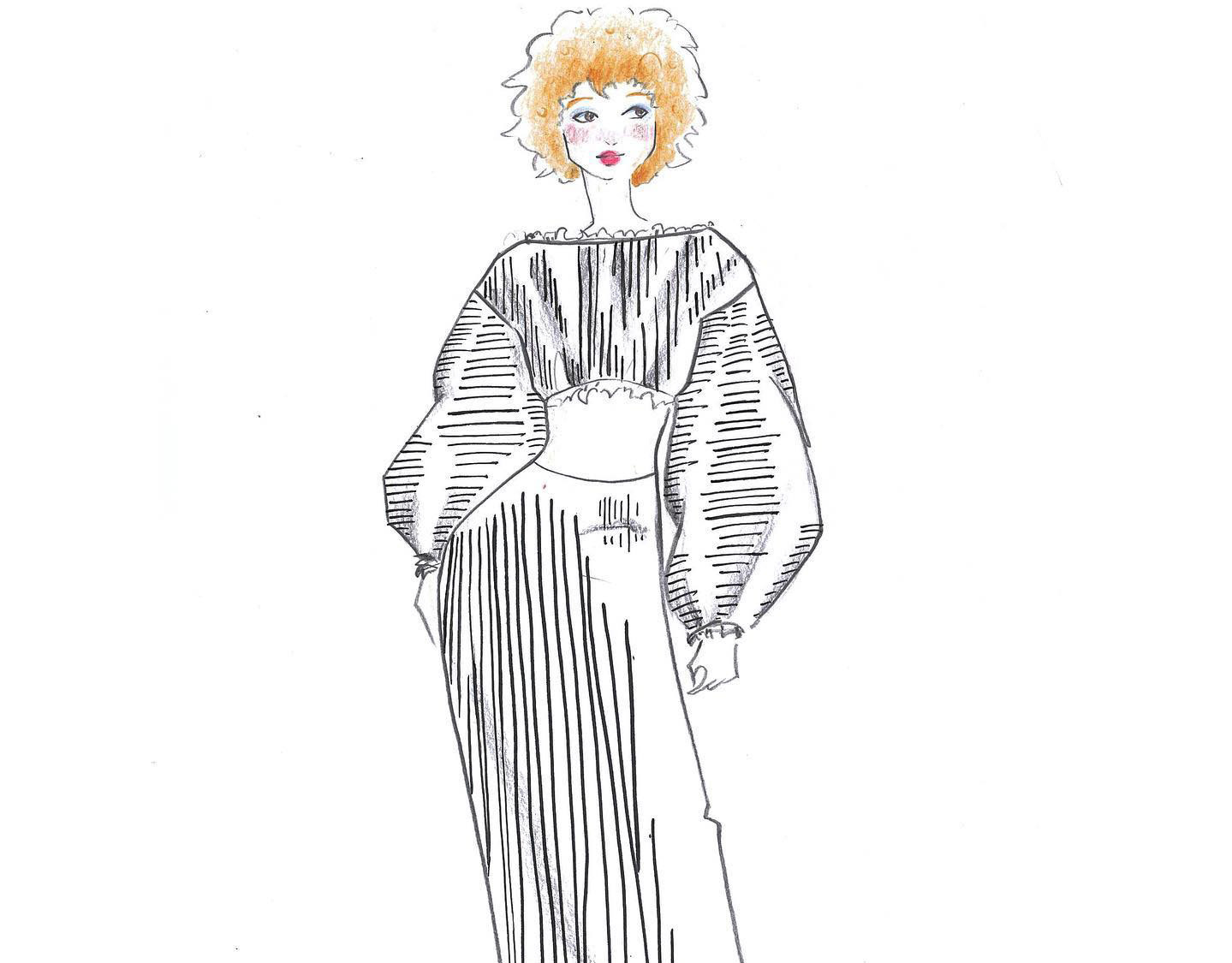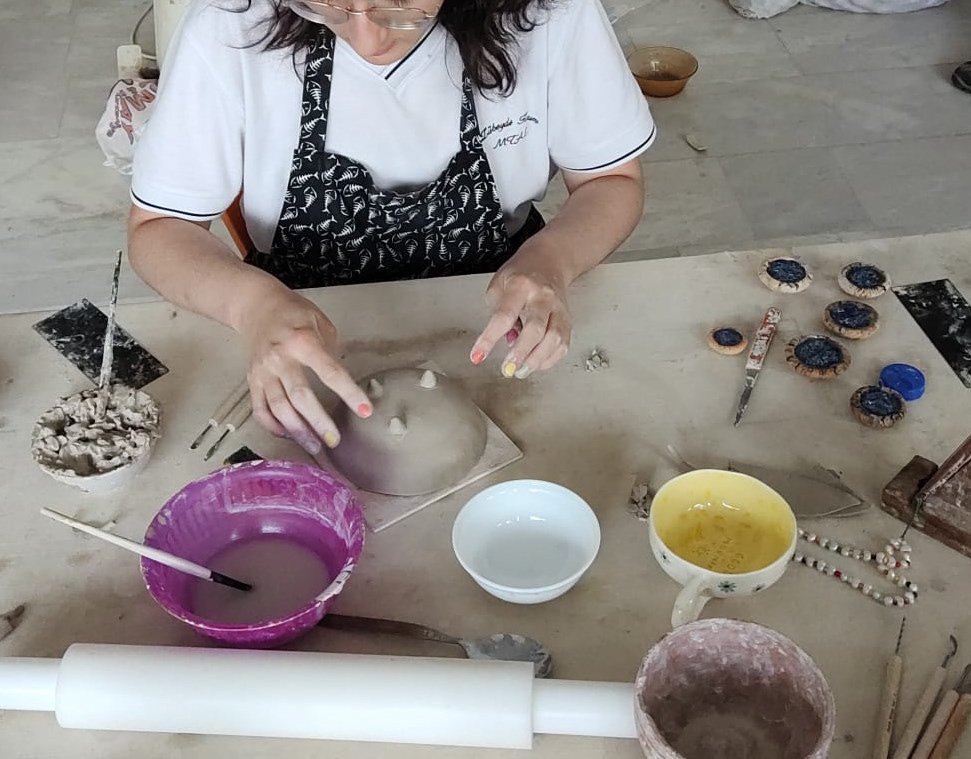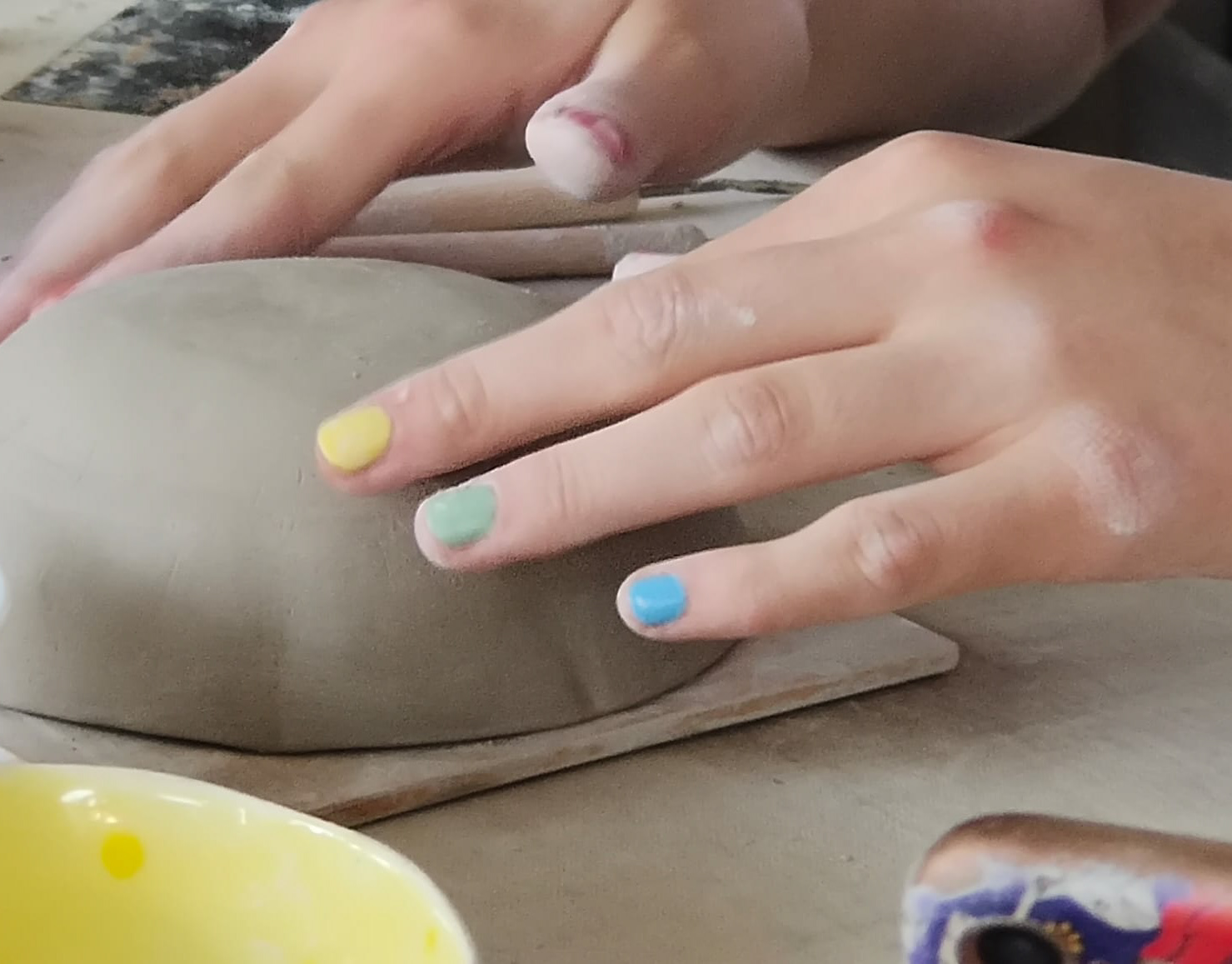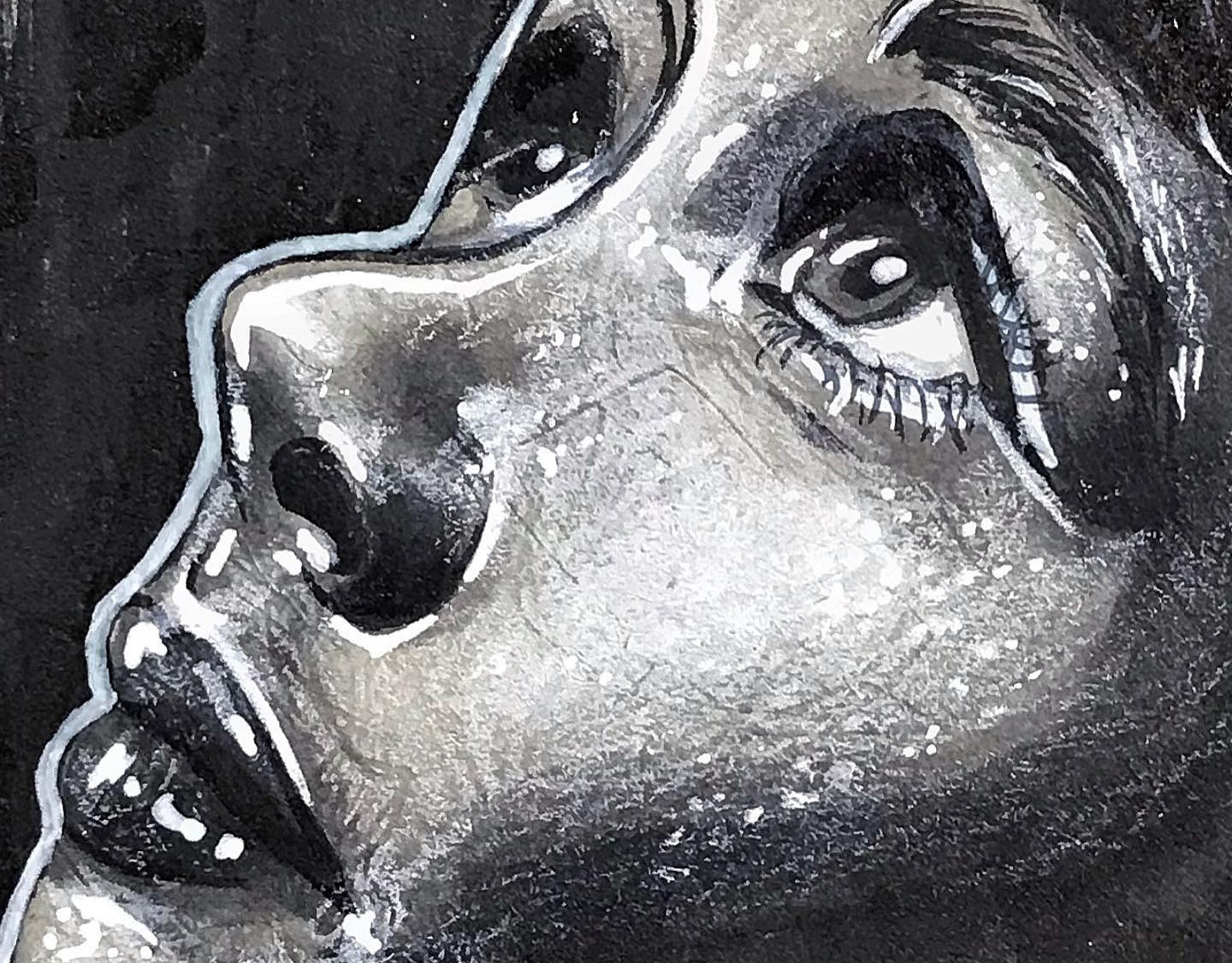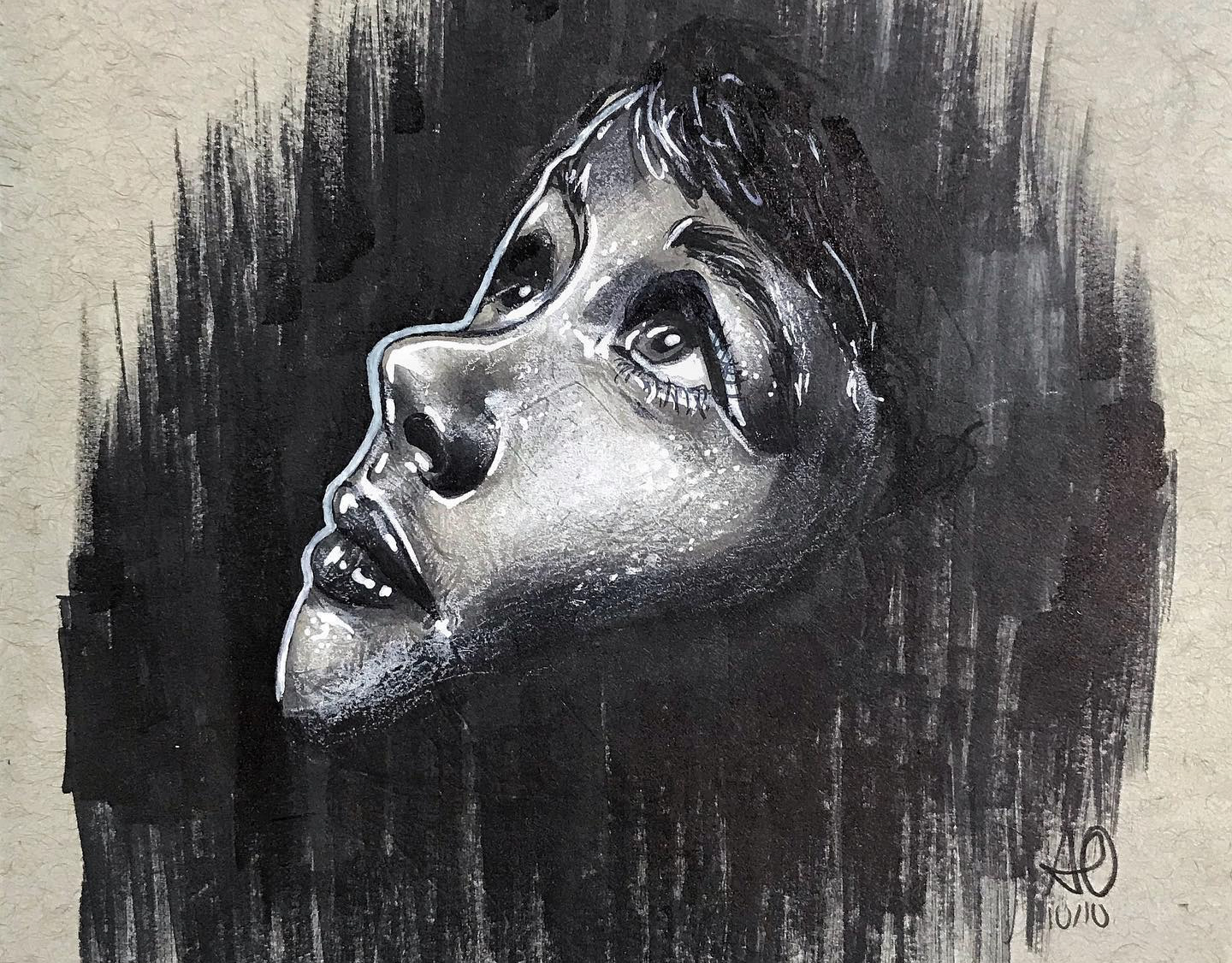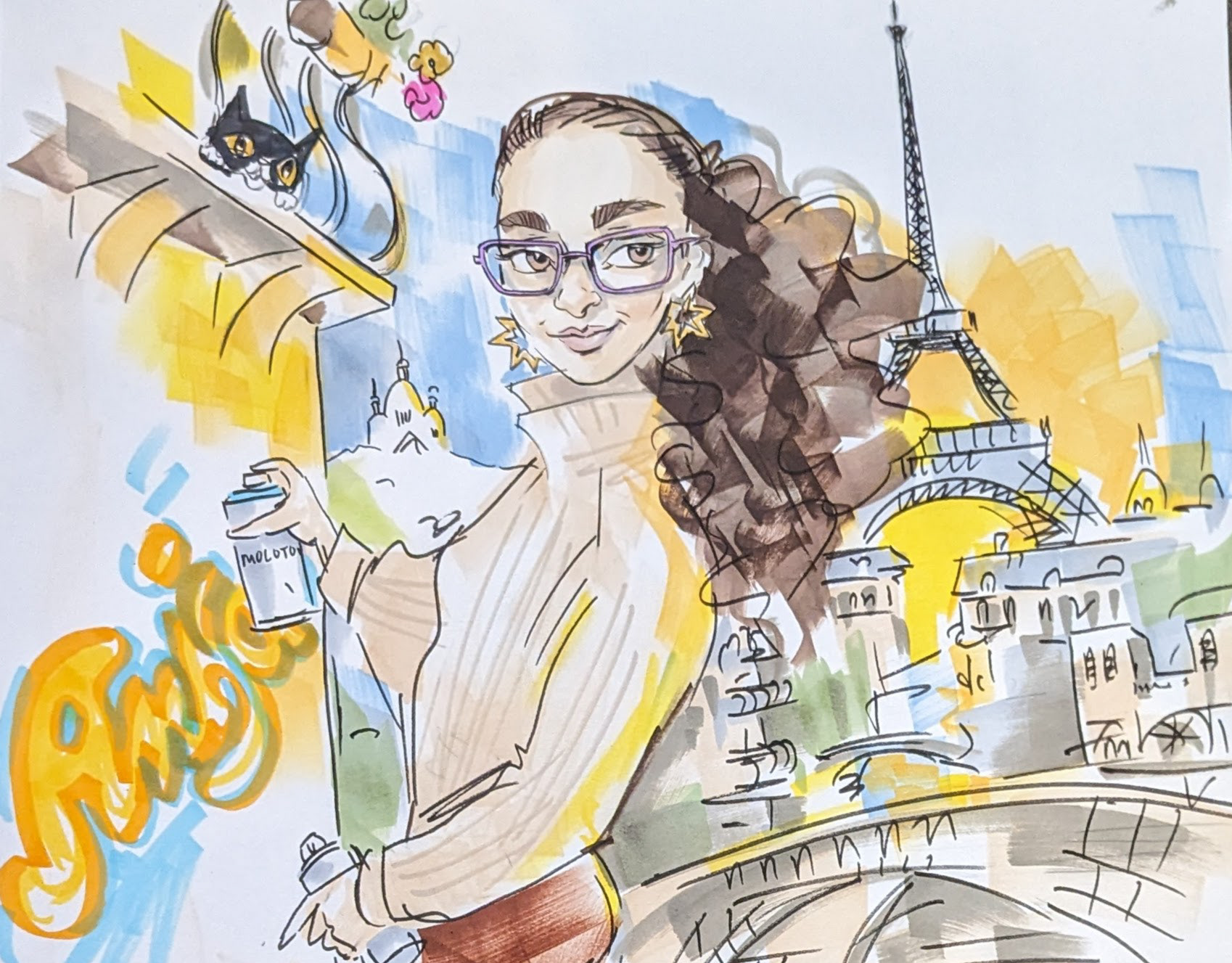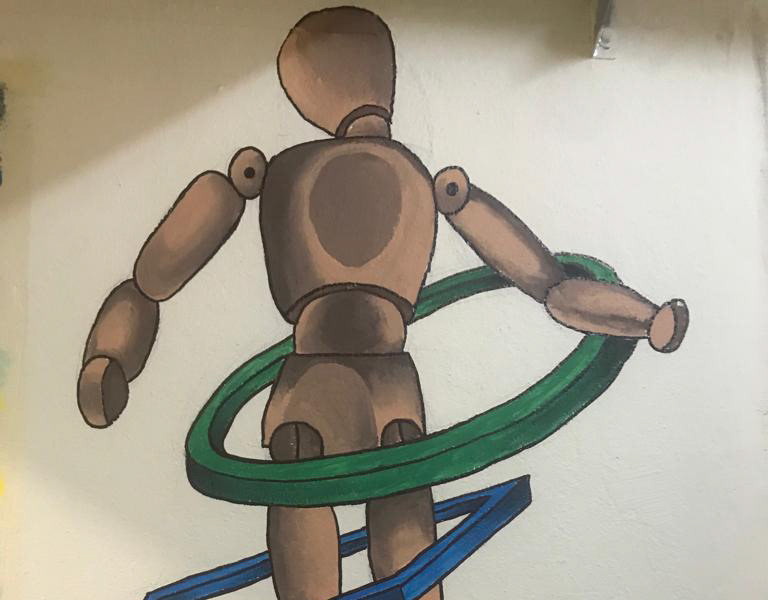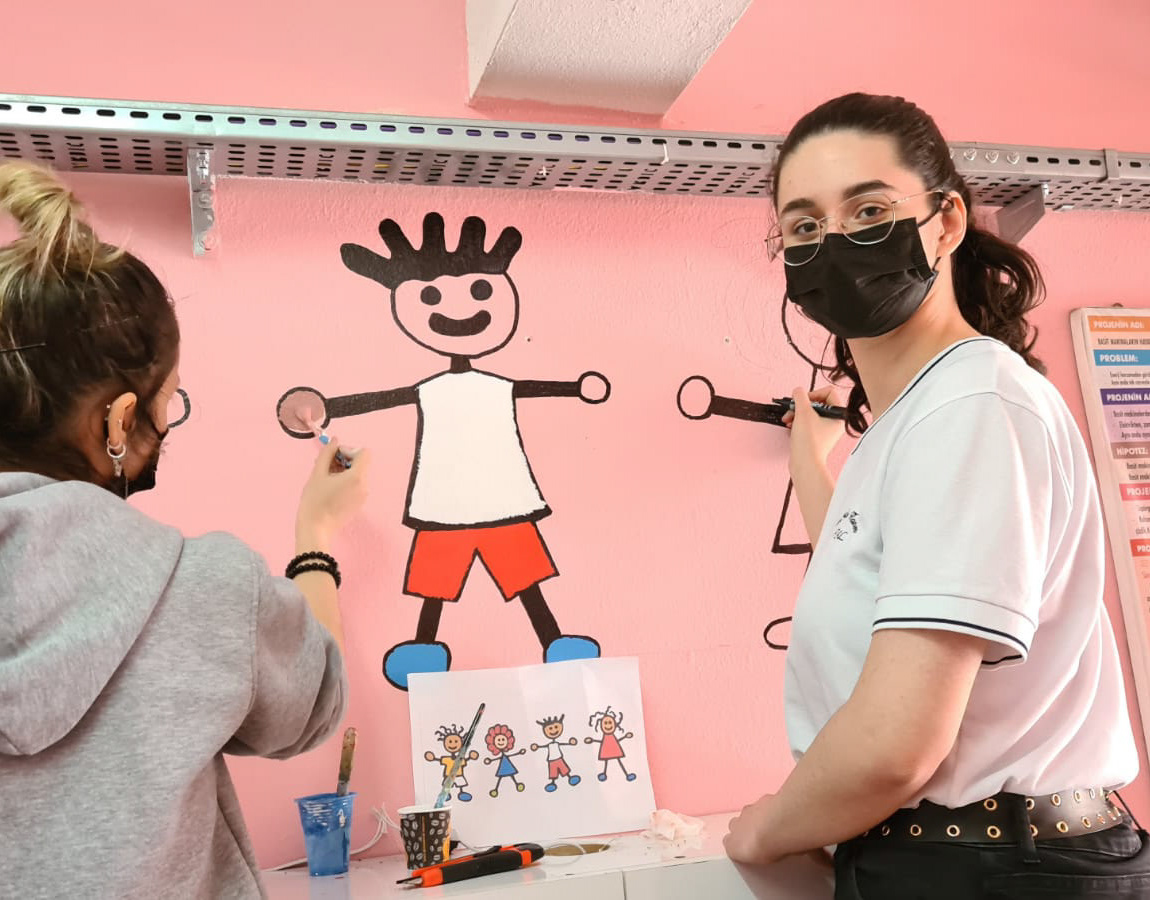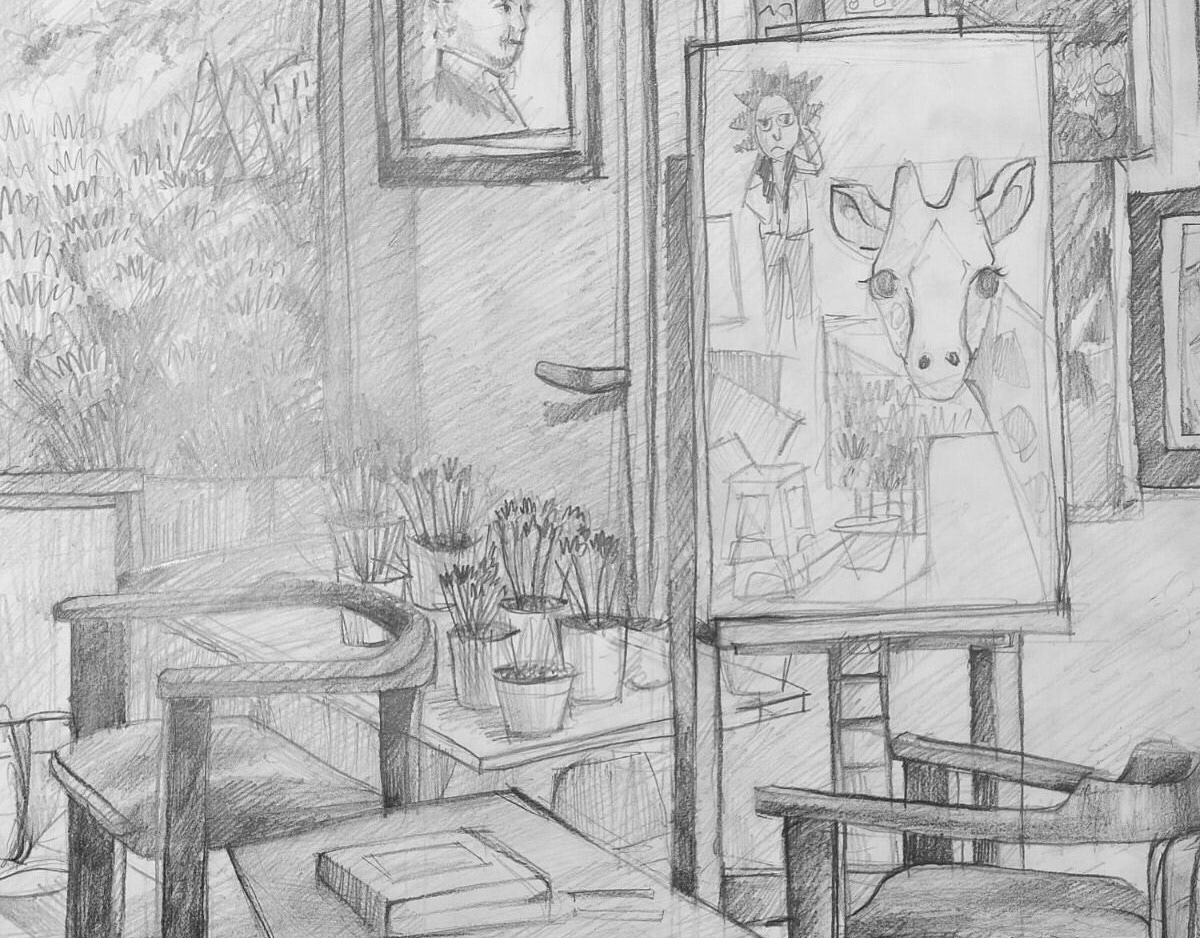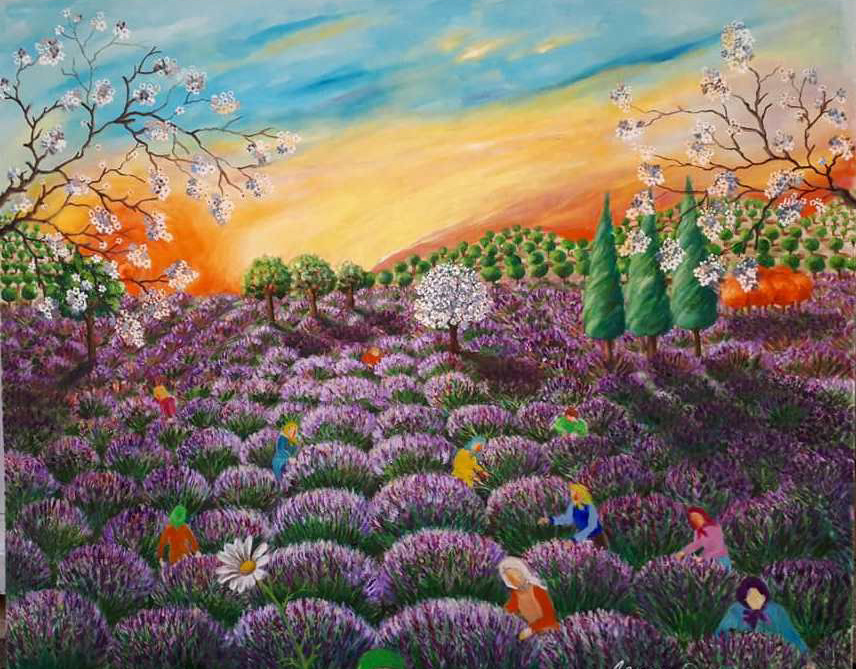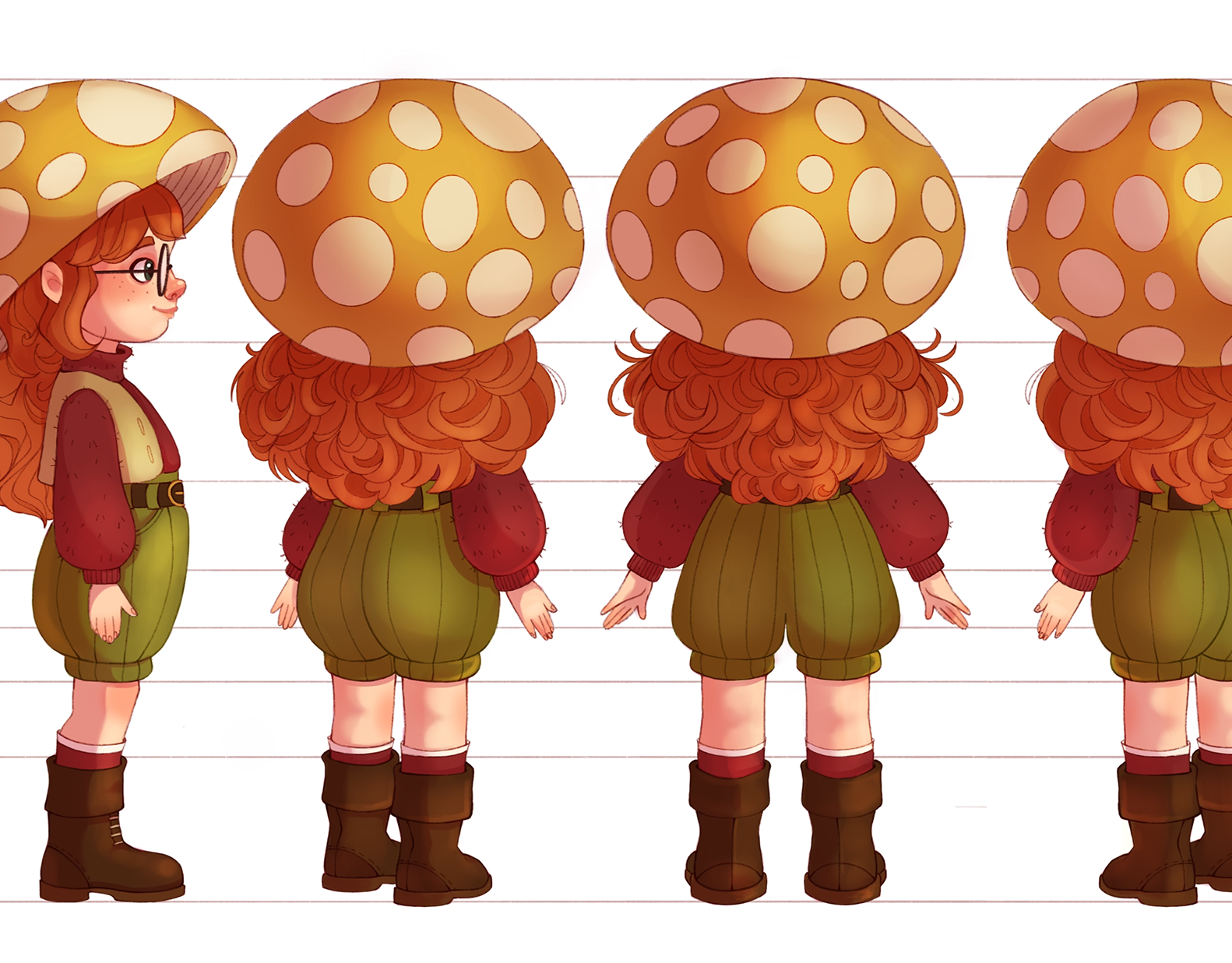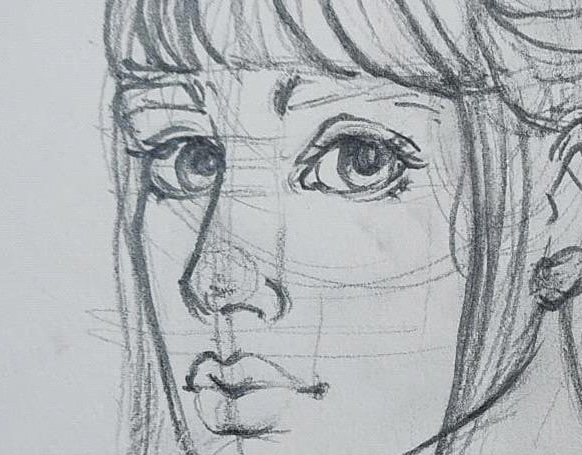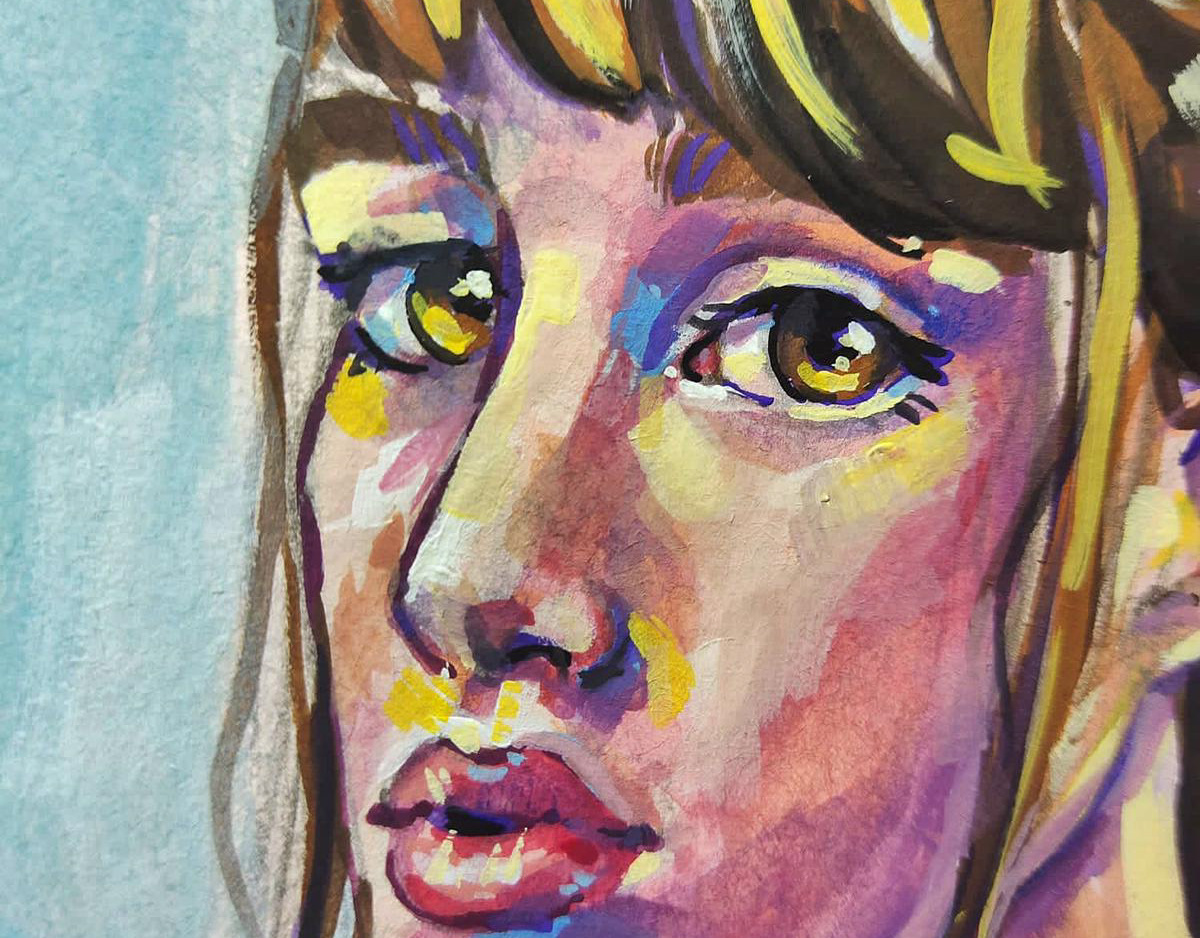The following application has been prepared for submission to the School of Visual Arts (SVA). It should be noted that applicants are only permitted to apply to one program.
For those applying to the BFA Computer Art, Computer Animation, and Visual Effects program, it is recommended that a portfolio of 15–20 pieces be submitted. At least three of these should be created from direct observation—meaning the subject must be physically present, rather than drawn from photographs or digital screens.
While two-dimensional references may be included, they do not fulfill the observational requirement. Therefore, direct observation pieces are strongly encouraged.
In addition to meeting this requirement, it is advised that the portfolio feature the applicant’s strongest and most compelling work. Pieces that generate the most excitement and pride should be prioritized over those selected to show progression over time. Works may come from personal projects, school assignments, or other creative endeavors. Although major-specific work is not mandatory, its inclusion is encouraged whenever available. For transfer applicants, the inclusion of major-relevant work is especially important when advanced placement is being sought.
To meet technical specifications, digital image files should be kept under 5MB each. For applicants submitting time-based or motion-focused work, it is advised that videos be limited to a maximum length of three minutes.
1. Showcasing My 3D Art & Animation Journey: AnimaOkul Experience
I took classes at Animation Mentor, AnimaOkul—an animation school specializing in character animation—and the Academy of Art University’s Pre-College Art Experience (PCAE). Some of the works I created, including CG animation using the pixelation technique and claymation, reflect my education and certifications showcased in this demo reel.
2. Squirrel House
This cute squirrel needed a home, so I built one using Autodesk Maya as part of my Animation Mentor assignment for the Animation Basics and Maya Workshop courses. I created a low-poly model inspired by the charming house designs in Animal Crossing, a social simulation video game series developed and published by Nintendo.
3. 3d Model AO Burger
I created this AO (initials of my name, Anisa Ozalp) Burger Franchise brand model as a detailed 3D render of a burger meal set for a 3D modeling and rendering course assignment. The project showcases my skills in modeling, texturing, lighting, and compositing—using Autodesk Maya for modeling, lighting, and compositing, and Substance Painter for the texturing phase
4. Character Turnaround
Hazel Rosewood is a whimsical and adventurous character I created—an avid mushroom collector deeply connected to the forest. Her design reflects her love for fungi through earthy tones and organic textures. I developed an Extended Turnaround Sheet (8-View Sheet) to showcase her from multiple angles. Views include: Front, Side (Left & Right), Back, and Three-Quarter angles (Front Right, Back Right, Back Left, Front Left) to present a complete rotation and sense of depth.
5. Character Design: Stylish Urban Lady with Her Dog
This stylish urban lady, a retired art professor and character I created using Procreate on my iPad, is known for her sharp wit and impeccable fashion sense as she spends her days exploring the city with her loyal dog, Otto.
6. Character Design: Charming Cat Maids in Vintage Outfits
In a magical, Victorian-inspired world, these three feline maids—Clara, Margo, and Tessa—are charming cat personas I created who work at a grand manor. Clara is the meticulous cleaner, Margo is the chef with a talent for gourmet meals, and Tessa is the storyteller who captivates everyone with her tales during tea breaks. I created this artwork using Procreate on my iPad.
7. Concept Art Cat
I created this digital concept art using the Procreate app on my iPad. The illustration depicts a cat from Istanbul enjoying a hot cup of tea, surrounded by traditional elements like an oriental rug, a tea set, and detailed tapestry, evoking a peaceful and nostalgic atmosphere. I drew inspiration from a Garfield-like cat design, blending it with traditional oriental elements.
8. Concept Environment
This illustration portrays a serene and magical moment in the heart of an enchanted forest. Bathed in golden sunlight, a young girl sits gracefully among friendly woodland creatures, sharing not only her snacks but also a gentle bond of friendship. The vibrant colors, soft lighting, and delicate details create a warm, inviting atmosphere—drawing the viewer into a peaceful world where nature and innocence exist in perfect harmony.
9. Puppet
This is Monica, a handcrafted puppet that I designed and built entirely from scratch as part of my creative puppet-making practice. From concept to completion, I was responsible for every step of the process. I began by sketching the design and carefully planning the structure and features. I sculpted the head and body, stitched the fleece covering, and constructed the mouth mechanism for expressive movement. Every part—head, body, and hands—was hand-sewn with careful attention to detail. Monica was inspired by classic fairytale characters but reimagined with a playful and unique personality. Through this project, I explored character development, textile techniques, and functional design in puppetry. She’s not just a puppet—she’s a stage-ready character brought to life through craftsmanship and imagination.
10. Installation Art: Mona Lisa Sculpture
This Installation Piece is a reinterpretation of the iconic Mona Lisa, brought into a three-dimensional sculptural form. The creation process began with hand-sculpting the bust using clay to capture the gentle expression and flowing hair. Once the original clay form was complete, I created a silicone mold to preserve every detail. Using this mold, I cast plaster versions of the sculpture. Each version was then painted with a base black tone, followed by metallic finishes—bronze, gold, and silver—highlighting the timeless allure and universal impact of the Mona Lisa. This project explores how iconic imagery can transcend mediums and continue to spark curiosity and reverence in new forms.
11. Miniature Art: Dream of Levni
In this piece, I used the traditional tezhip illumination technique to honor women's empowerment. Inspired by the elegance of the Ottoman Tulip Era and the renowned miniature artist Levni—one of the first to depict women in his artwork—I merged modern elements with classical miniature art. I also incorporated Chinese watercolor for the rocks and trees. The intricate gold detailing and illumination enhance the composition, while a backdrop of soft pink blossoms adds a gentle touch of spring. The tree extending beyond the frame symbolizes a vision coming to life—an idea breaking boundaries to become reality. This piece was also exhibited in an art show.
12. Gouache Piece: Silk Road
In my latest fine artwork, which includes the use of gouache paint, I incorporated a traditional Chinese watercolor technique I learned in Taipei while studying Chinese and combined it with modern artistic elements. The process of conceptualizing and refining the final piece was both thoughtful and intentional, with many symbols and historical references integrated into the work.
13. Portrait Oil Paint
I created this portrait of a traditionally outfitted Balkan girl using classical oil painting techniques. The process began with a detailed sketch, followed by careful layering of paint to build depth and texture. One of the most challenging aspects was rendering the intricate patterns of the traditional fabric—oil paint.
14. Fashion Sketches
In this collection, I compiled some of my sketches from the Fashion Design Class I attended as part of the Shih Chien Fashion Design Certification Program in Taipei. In these classes, I focused on human anatomy, facial features, clothing, and outfit design.
15. Oil Paint Still Life
This oil painting is a still-life piece featuring a can and several fruits arranged on a green cloth over a stool. I began by creating a pencil sketch to study the values. Through this process, I learned a great deal about observation and accurately measuring proportions.
16. Cherry Still Life
I created this still-life oil painting with careful attention to composition, featuring cherries, an apple, and a glass cup. The creative process began with setting up the still-life arrangement, thoughtfully considering lighting, balance, and perspective. I started with thumbnail sketches to explore composition and values before moving on to the final piece.
17. Perspective Pencil Sketch – Musician's Bedroom
This is a pencil sketch I created using two-point perspective to depict a musician’s bedroom. The room reflects the personality and passion of a young rock music enthusiast. I paid close attention to details that bring the space to life—posters of iconic rock legends like Queen, David Bowie, and AC/DC line the walls, while musical elements such as a guitar, vinyl records, and a stereo system surround the room.
18. Atelier Observational Sketch
This drawing captures a collection of objects around me in the atelier where I worked. I created it as part of a practice in observational sketching, focusing on still-life arrangements to enhance my ability to observe and translate real-life scenes into pencil drawings. The objects are arranged within a carefully constructed perspective. By working with real items in the space, I aimed to improve my understanding of depth, proportion, and spatial relationships.
19. Observational Life Drawings of Bust
This piece showcases my observational studies of a classical torso sculpture from multiple perspectives. Using pencil and graphite, I focused on capturing anatomical accuracy, volume, and form through light and shadow.
20. Figure Drawing Study
This graphite figure drawing was created during a live session in my vocational technical school figure drawing class. Through the use of line and texture, I explored gesture, structure, and anatomy through observational study.



